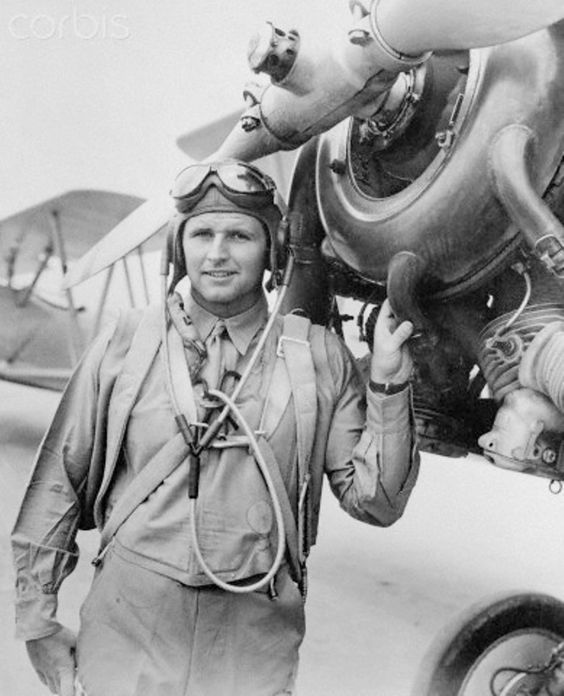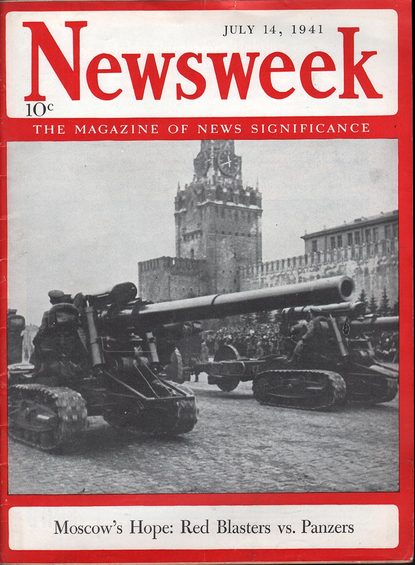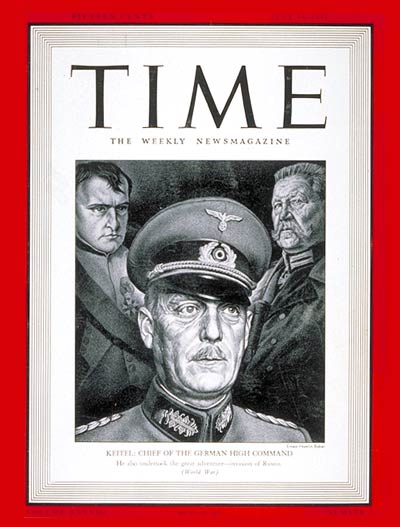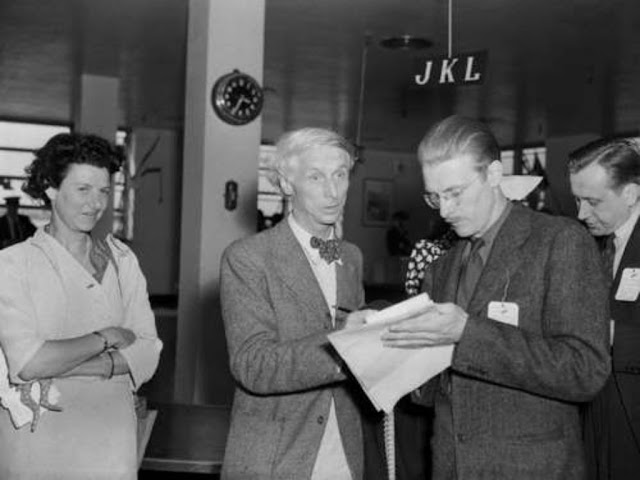Monday 23 March 1942
 |
| Japanese troops land on the Andaman Islands, 23 March 1942. |
German Military: While to all appearances the western borders of the Greater Reich are peaceful and secure on 23 March 1942, Hitler does not believe what everyone else is seeing. Instead, Hitler views the Atlantic coastline as being wide open to an imminent invasion by enemy forces. Accordingly, Fuhrer headquarters issues Fuhrer Directive No. 40, "Competence Of Commands In Coastal Areas." The intent behind the Directive is made clear in the opening lines:
The coastline of Europe will, in the coming months, be exposed to the danger of an enemy landing in force. The time and place of the landing operations will not be dictated to the enemy by operational considerations alone. Failure in other theatres of war, obligations to allies, and political considerations may persuade him to take decisions that appear unlikely from a purely military point of view.This is Hitler's first concrete admission that the Reich has gone over to the defensive in a major theater of operations. It comes barely a month after the 13 February 1942 cancellation of projected Operation Sealion, showing just how subtly but quickly the tides shift during World War II.
While not one of Hitler's better-known Directives, it is early evidence of operational tendencies that will become dominant themes within the command of the Reich for the remainder of the war. One of these is the priority of political over military considerations, a typical Hitler trait which he here projects upon his adversaries. Another is his command that "Enemy forces which have landed must be destroyed or thrown back into the sea by immediate counterattack" - an all-or-none philosophy that simply assumes sufficient superiority to ward off any attacks and does not require skill or strategy.
Fuhrer Directive 40 might be viewed as simply a belt-and-suspenders safety precaution. However, diving deeper into the Directive shows real concern, almost fear. Most significant are admonitions that "Fortified areas and strongpoints will be defended to the last man" and "No Headquarters or formation is to initiate withdrawal in such circumstances." Concerns about fighting to the last cartridge are not the mark of a commander secure in the overwhelming power of his forces. These two rules - no retreat and fighting to the last man - will become the basic Wehrmacht policy in virtually every situation before long.
 |
| Newsweek Magazine, 23 March 1942 features "Chinese Army: Key to Far East Strategy." |
The purpose of taking the Andaman Islands is to protect the sea route from Singapore to Burma. An airbase is operational by the end of March. This is the farthest point of Japanese expansion into the Indian Ocean aside from the occupation of Burmese territory to the northwest. It also is the only part of India that is occupied more than temporarily and remains in Axis possession until 1945. As in Singapore, the Japanese quickly enroll Indian soldiers in the Andaman Islands into Subash Chandra Bose's Indian National Army. Civilians are soon forced into sexual servitude and forced labor.
Since General MacArthur escaped to Australia about ten days ago, world attention has drifted away from the embattled Allied forces in the Philippines. In fact, both sides are having issues, the Americans low on supplies because of the Japanese blockade and the Japanese with 13,000 troops in the hospital and daily rations in the 14th Army cut from 62 to 23 ounces. General Gomma Masaharu is under heavy pressure from Tokyo to wrap up the campaign, so he plans an attack through the center of the Allied line to Mount Samat and then around the base of the mountain. General Wainwright ignores repeated Japanese demands that he surrender, relying on 32,000 troops in the I Corps area in the west and 28,000 troops in the II Corps on the eastern half of the Bataan defensive line (the Main Defensive Line).
 |
| US newspapers remain very positive about the war, with optimistic headlines such as this one in the Decatur (Alabama) Daily of 23 March 1942. |
Battle of the Black Sea: A Luftwaffe raid on Tuapse, on the Black Sea coast south of Rostov, sinks a motor torpedo boat and 2121-ton minelayer Ostrovskiy (some sources indicate 611-ton transport Yalta also is sunk today). The planes also damage two Soviet submarines, S-33 and D-5. Another German aircraft sinks 2690-ton Soviet transport Vasiliy Chapaev near Kherson (Ukraine) lighthouse. These attacks by Junkers Ju 88s of KG 51 are intended to provide indirect relief to the Germans in the Crimea.
 |
| "A Japanese farmer and his daughter view the strawberry farm they must leave on Bainbridge Island, in Washington, on March 23, 1942." (Library of Congress). |
Battle of the Atlantic: U-754 (Kptlt. Hans Oestermann), on its second patrol out of Brest, torpedoes and sinks 8620-ton British tanker British Prudence northeast of Halifax. British Prudence is a straggler from Convoy HX-181. There are 47 survivors and three deaths.
U-553 (Kptlt. Karl Thurmann), on its sixth patrol out of St. Nazaire, torpedoes and sinks 8106-ton British tanker MV Diala about 300 miles southeast of Cape Race, but today's action that actually sinks the tanker is the conclusion of a long story. The Diala was initially torpedoed on 15 January 1942 by U-553, which burned but did not sink. Its crew quickly abandoned the tanker, which had had its bow blown off, but another sunken ship's crew (from the Athelcrown, sunk by U-82 on 22 January 1942) later spotted the drifting vessel and boarded it. The Athelcrown crew was rescued from the Diala after another eight days. The Diala itself thereafter continued to drift after attempts to tow it proved unsuccessful. Today, 23 March 1942, over two months later, it finally receives the coup de grace from U-587 (Kptlt. Ulrich Borcherdt). This is one of those bizarre sequences that add to the mystery and lore of the North Atlantic convoys.
 |
| Consolidated PBY Catalinas of the VP-73 (US Navy patrol squadron) over Reykjavik, Iceland, March 23, 1942. |
Italian submarine Morosini (C.C. Fraternale) torpedoes and sinks 9741-ton British tanker Peder Bogen about 680 miles southeast of Bermuda. The submarine surfaces and uses its deck gun when the tanker does not sink right away. All 53 men on board the Peder Bogen survive.
In the far South Atlantic northeast of Tristan da Cunha, German auxiliary cruiser Thor captures and scuttles 3942-ton Greek collier Pagasitikos.
Convoy WS 17 departs from Oversay bound for Freetown. This is a major convoy whose escort includes aircraft carrier HMS Illustrious. Many of the ships will take a full month to reach Durban and almost two months to reach Bombay, India.
Italian destroyer Lanciere, heading from Messina, Sicily, toward the Second Battle of Sirte, sinks due to the weather after seawater contaminates its fuel in rough seas. Italian destroyer Scirocco also sinks in the same storm, with only two survivors.
 |
| Japanese-Americans relocated from Los Angeles to their new home at Manzanar take their first meal there on 23 March 1942 (AP Photo). |
American Homefront: Lieutenant General John L. DeWitt, the Western Defense Commander, issues his first Civilian Exclusion Order. This compels residents of Japanese ancestry to leave Bainbridge Island, Washington, before 30 March 1942. The entire West Coast of the United States has been declared a "Theater of War" since shortly after the 7 December 1941 attack on Pearl Harbor.
James Sakamoto writes a letter on behalf of "American Citizens of Japanese parentage" to President Roosevelt. He comments that "We shall obey willingly" relocation orders and "shall continue to trust you and to give our allegiance to the ideals you enunciate." He asks that the US provide "some refuge in the heart of the country far removed from even the suspicion or possibility to do harm. We have helped to feed the nation in the past." Sakamoto also acknowledges that "there have been dissident elements among us, often unknown to ourselves" but that the government can "Restore our good name to us" by removing those of Japanese ancestry from sensitive areas.
 |
| Life magazine, 23 March 1942. |
March 1942
March 1, 1942: Second Battle of Java Sea
March 2, 1942: Huge Allied Shipping Losses at Java
March 3, 1942: Japan Raids Western Australia
March 4, 1942: Second Raid On Hawaii
March 5, 1942: Japan Takes Batavia
March 6, 1942: Churchill Assaults Free Speech
March 7, 1942: British Defeat in Burma
March 8, 1942: Rangoon Falls to Japan
March 9, 1942: Japanese Conquest of Dutch East Indies
March 10, 1942:US Navy attacks Japanese Landings at Lae
March 11, 1942: Warren Buffett's First Stock Trade
March 12, 1942: Japan Takes Java
March 13, 1942: Soviets Attack In Crimea Again
March 14, 1942: The US Leans Toward Europe
March 15, 1942: Operation Raubtier Begins
March 16, 1942: General MacArthur Gets His Ride
March 17, 1942: MacArthur Arrives in Australia
March 18, 1942: Japan Attacks In Burma
March 19, 1942: Soviets Encircled on the Volkhov
March 20, 1942: "I Shall Return," Says MacArthur
March 21, 1942: Germans Attack Toward Demyansk
March 22, 1942: Second Battle of Sirte
March 23, 1942: Hitler's Insecurity Builds
March 24, 1942: Bataan Bombarded
March 25, 1942: Chinese Under Pressure in Burma
March 26, 1942: Win Or Die, Vows MacArthur
March 27, 1942: The Battle of Suusari
March 28, 1942: The St. Nazaire Commando Raid
March 29, 1942: The Free Republic of Nias
March 30, 1942: Japanese-Americans Off Bainbridge Island
March 31, 1942: Japanese Seize Christmas Island
2020





































